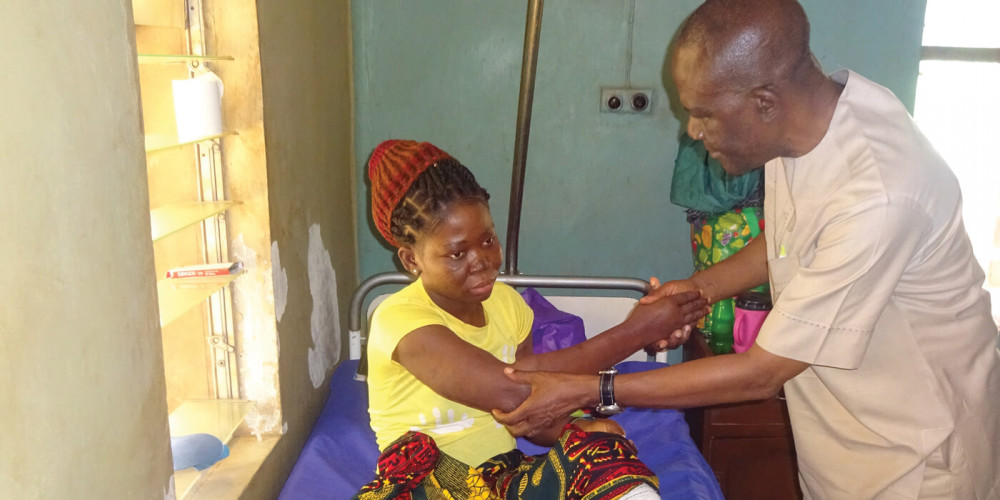KIT Blog
Buruli breakthrough - thank you, Lord!
Wonderful news!
Until now there’s been no known cure for Buruli ulcer.
Historically, treatments include a combination of surgery and antibiotics. However, surgery can lead to permanent disfigurement while antibiotics may lead to side effects like hearing loss.
But now Swiss researchers have discovered compound Q203. It appears to be highly effective against the Buruli ulcer bacterium. Head researcher, Gerd Pluschke from the Swiss Tropical and Public Health Institute, was excited about the discovery:
“Q203 is even more effective against Buruli ulcer than the current most active antibiotic rifampicin. Such a new and exquisitely effective drug combined with a second antibiotic may result in a considerably shorter oral treatment regimen with fewer adverse side effects.”
The research team has been researching Buruli ulcer for many years. As well as Q203, they’re also working on heat therapy as an alternative treatment and hope to develop a rapid diagnostic test and vaccine.
Any new drugs and treatments will go a long way to eradicating Buruli ulcer not only through our ministry in Nigeria but also right here in Australia!
Your fast facts on Buruli ulcer
• A skin disease caused by the bacterium Mycobacterium ulcerans
• Starts as a painless swollen spot/ nodule that looks like a mosquito or spider bite
• Other symptoms include localised pain, fever, peeling, and crusty, non-healing scabs that can lead to ulcers.
• Treatment involves antibiotics and surgery or skin grafts for severe cases
• Permanent disfigurement can occur if left untreated
• Found in 33 countries including Nigeria where The Leprosy Mission works
• Method of transmission is unknown but believed to be spread through aquatic bugs or mosquitoes.
• Poverty is linked to neglected tropical diseases (NTDs) like leprosy and Buruli ulcer. They flourish in communities with poor housing and sanitation, unsafe water, and limited health care.
• 275 cases were diagnosed in Australia in 2017 compared to 89 in 2014
• Found mostly in coastal areas around the Mornington and Bellarine Peninsulas in Victoria
• Low risk of contracting Buruli ulcer in Australia compared with countries like Nigeria














